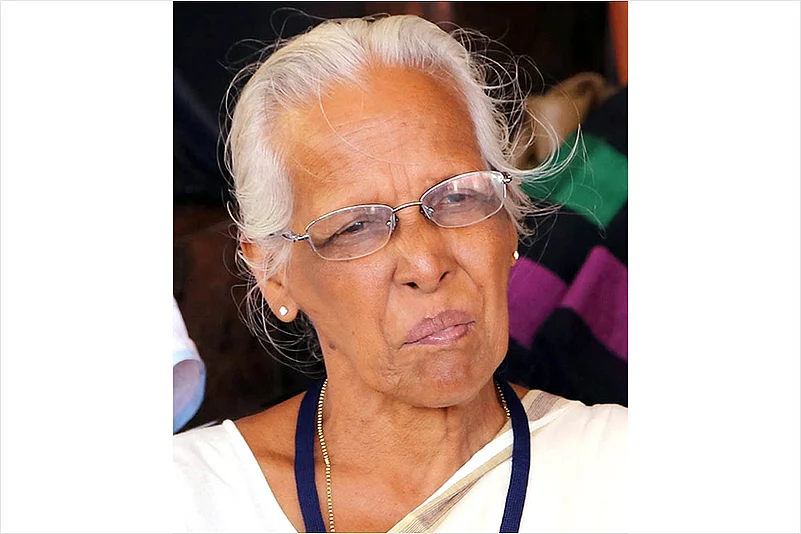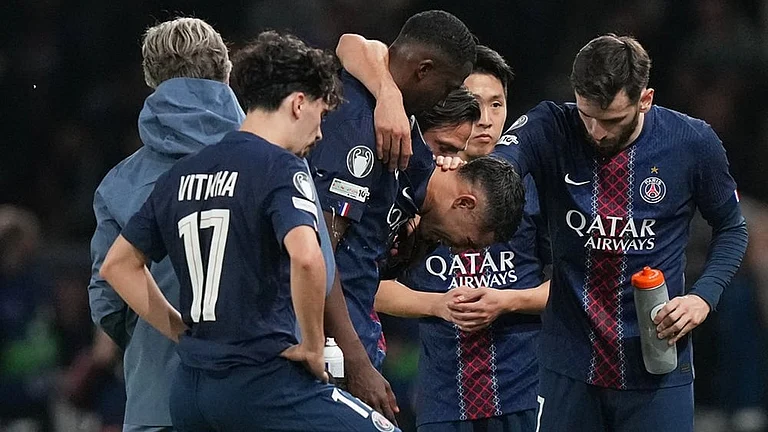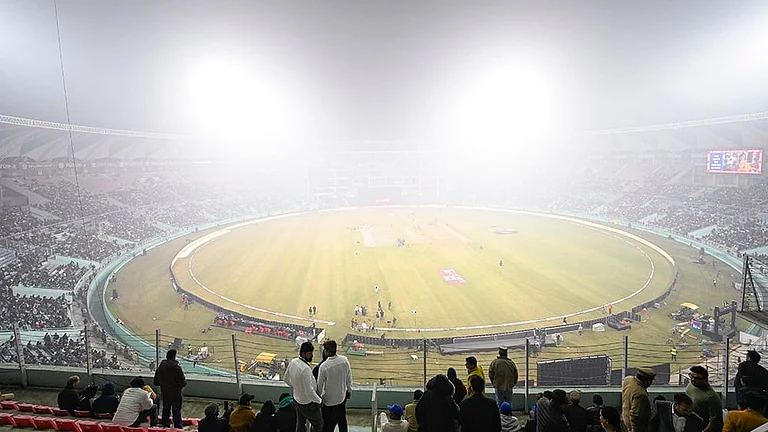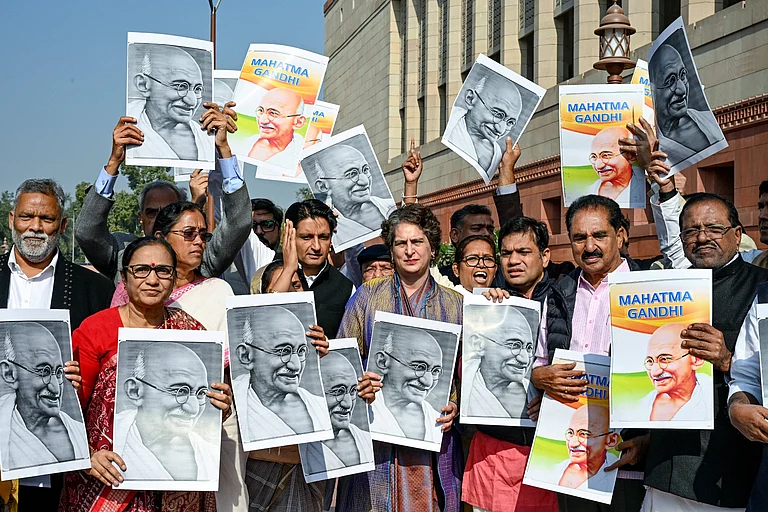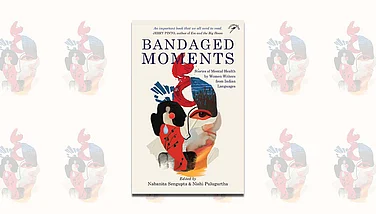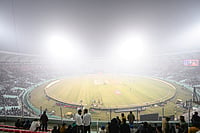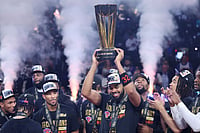Protest music can be more about tunes than literature. To the extent that it gains an aural charm beyond the revolutionary spirit of the lyrics. Such music flourished in India during the country’s transition from colonialism to independence. Wasn’t that breed of songs in vogue over three decades from the 1930s virtually a genre? That’s what The Radical Impulse explores.
The author, Sumangala Damodaran, is a granddaughter of E.M.S. Namboodiripad, the first CM of Kerala. The southern state has itself celebrated its Left movement in the 1950s, using, among other forms, theatre, to which music was integral. Andhra was important in this regard too, and so were Bengal, Assam and Bombay, besides Delhi and its hinterland up north, where political music gained immense popularity. And all of this was largely under the aegis of the IPTA (Indian People’s Theatre Association), the cultural wing of the Communist party.
The book senses a dash of piquancy in protest music being called ‘popular’. For, revolutionary verses, however well-liked, can’t be commercial hits. Many of them have been solos and duets. Aesthetically, protest music has had sub-genres, Sumangala notes, which can be split into three: those based on folk, Indian classical and Western. Folk songs were employed in three ways: directly as protest music, literature suitably changed but tunes retained and, finally, as part of a performance (like ballet or drama).
The folk songs bore no political overtones, and were rendered for entertainment at meetings (where they blended with the protest ethos), but had a more serious positivity—reviving forgotten vocal traditions colonialism suppressed. Typically, they required masters to deliver well. That’s how, say, a Bhatiali boat-song, Selam chacha became synonymous with Lokgeet exponent Hemanga Biswas. Interestingly, the second category was the convenient alteration of traditional kirtans, like Punjabi Prem Dhawan’s Arey bhaago London bhaago, referring to the Cripps Mission representations. The third, being onstage, came from singer-dancers or actor-storytellers.
Conversely, rural-groomed Kerala People’s Arts Club (KPAC) went on to craft a ‘new folk’ idiom that retained rustic simplicity, but introduced greater melodic content. For instance, poet O.N.V. Kurup’s near-romantic Ponnarival ambili in the cult play Ningalenne Communistakki (You Made Me a Communist) from 1952, a year after KPAC’s formation.
Protest music banking on Indian classical flourished in Bombay and Calcutta, thanks largely to the 1943-formed IPTA’s central squad that had trained musicians guided by stalwarts like Ravi Shankar and composer-writer Jyotirindra Moitra. Sumangala notes that Hindustani and Carnatic music began accommodating folk and patriotic songs in the latter half of concerts. The Western idiom found representation in staccato phrases, melodies with notes not close to each other (for heightened dramatic effect) along with hard drumbeats. Salil Chowdhury’s IPTA compositions were examples.
The movement’s focus on revival of folk traditions, according to Communist leader P.C. Joshi, was to “weaken chauvinistic traits”. Thus IPTA music incorporated varied traditions: Lavani, Tamasha, Powada of Maharashtra, Ramlila of the Gangetic plains, Bengal’s Baul and Sangeetanatakam down south. In Kerala, the shelf-life of the theatre songs was far greater than the plays that gave them birth, the book rightly notes. The Praja Natya Mandali revved up music in Andhra. In Assam, IPTA music gained from traditional Sattriya and Bihu dances, besides Uday Shankar’s experiments alongside music and local theatres as well as films.
A trained vocalist who gives recitals on protest music (showcasing scores by Reba Roychowdury, Sheela Bhatia, Swatantrata Prakash, Preeti Sarkar), the author’s meeting with singer P.K. Medini, who had emerged from the labour movement around the coir factories of Alappuzha in the ’40s, helps her rediscover the charm of a hit song of that era—she has notated Pacchappanantatte (as she has quite a few others). More dramatically, Sumangala stumbles upon a South African parallel to an Indian song penned after the Jallianwala Bagh massacre—finding how Parna Jhanda travelled to Transvaal, enthusing anti-apartheid fighters.
The narrative often tends to be academic, but such seriousness is inevitable when the mission is to establish the identity of protest music, its social context, the politics-aesthetics relationship and popularity beyond market dynamics. All of that, without being carried away at any point.






